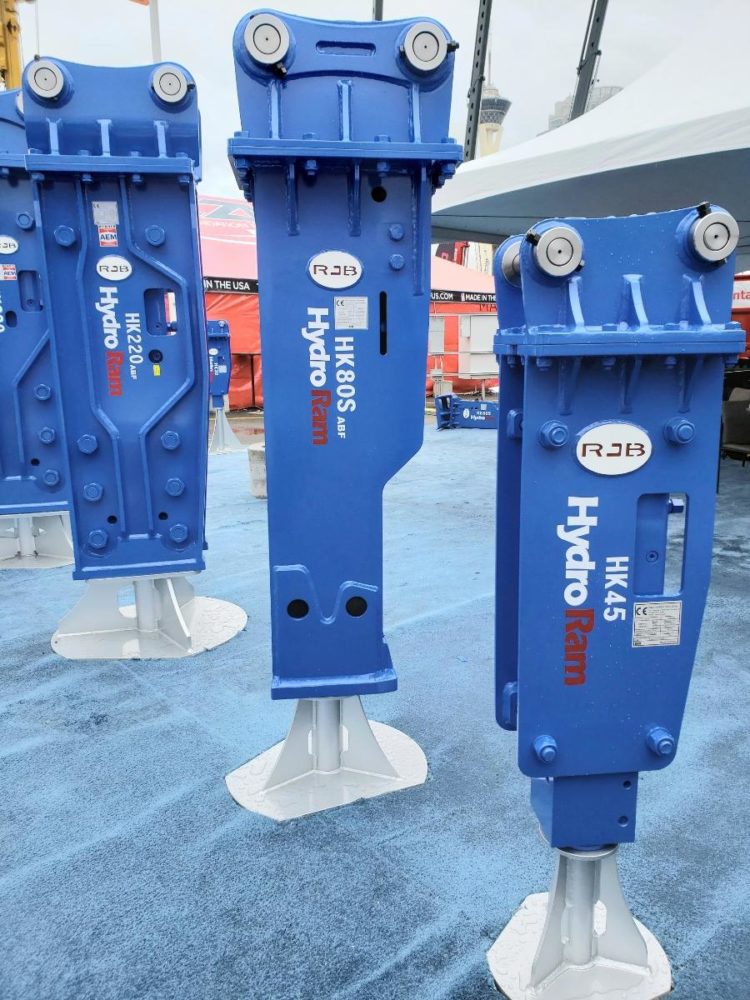Buying a hydraulic hammer is a significant investment. These specialty attachments are not cheap which means that when one is purchased, a lot of thought and research has gone into the decision making process. When researching different brands and functions, you probably noticed that there are different classes to choose from too.
Hydraulic hammers come in different sizes (classes), to fit a variety of jobs. Each one serves a different purpose and has a recommended usage amount. This helps users know which class is best for different jobs.
Technical Differences Between Classes
There are three basic classes of hydraulic hammers; large, medium, and small. While different brands will each have different measurements and specifications, there are some basic statistics that you can use to gauge the size of the hydraulic hammer you need. Here are some of the numbers you can use as a general guide to help you understand each size’s potential impact on a job:
Large class
If you need an attachment that gives you a big bang for your buck, this is the size for you! This size uses large hits that carry a lot of force behind them. The hits may not be as rapid, but they are more forceful. For jobs that require big breaks, like bringing down large stone walls, breaking through thick layers of clay in the ground, building demolition, or another similar task, this is a great size to consider.
These hammers weigh a lot and have 2300-2610 PSI in the canister. The working weight is over 5000-7500 pounds, so these are heavy-duty attachments. With a lower, stronger hit, the different models will range between 200-400 BPM.
Medium class
For jobs that require a lot of versatility, this is a great size to consider. The stats fall in the range of 370-700 BPM and 2175-2610 PSI. The working weight on a medium-class attachment is generally between 1900-3700 pounds.
A medium-class has a higher frequency than the larger class, but the hits are less forceful. The still powerful PSI allows the handler to have a little more control while using it. Jobs that benefit most from this size of hammer include breaking landscaping boulders, utility jobs, and offering for rental equipment.
Small class
There are many small jobs that still benefit from using a hydraulic hammer. This size will have more frequent hits, but with a lot less power. The stats for this size fall between 400 and 1200 BPM with less pressure at 1400 to 2175 PSI. The working weight is between 400 and 1200 pounds.
Having these ranges allows operators a little more versatility because of their lighter weight and requirements for a smaller carrier. Small class hammers are used outdoors, but if you have an inside job for a demolition project, this is the best size. Some examples of jobs are for bringing downstairs, doing concrete patching jobs, and digging smaller holes in the yard.
Hydraulic hammers are a versatile and popular tool because they make jobs easier with less effort. It is important to not get a hammer that uses too much force for a small job and not getting a small hammer when you need a lot of force. Remember that one size does not fit all. Do your research and invest in the right hydraulic hammer attachment for your needs.

